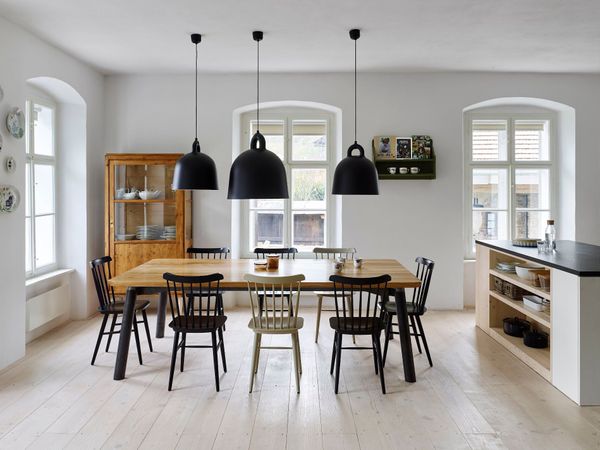A special photographic exhibition has opened at the Dubniczay Palace in Veszprém to mark the 100th anniversary of the death of Hermann Rorschach. The group exhibition Rorschach Image features works from the last fifty years of Hungarian photography on the analogy of the psychological test named after the Swiss psychiatrist and on the theme of reflection, in a place where photography and the study of photography have a tradition going back more than four decades. This is the place where, among others, Antal Jokesz started the Document movement in 1979. We spoke to Bernadett Grászli, director of the House of Arts in Veszprém and curator of the exhibition, about the details and concept.
The exhibition takes place in three different spaces, and in the three different spaces, you will find three very different atmospheres. The neo-avantgarde selection will be presented in the Sala Terrena of Dubniczay Palace, in the section also known as the Castle Gallery, where you can discover a selection of action artworks based on self-portraiture and the specific phenomena of the use of mirrors.
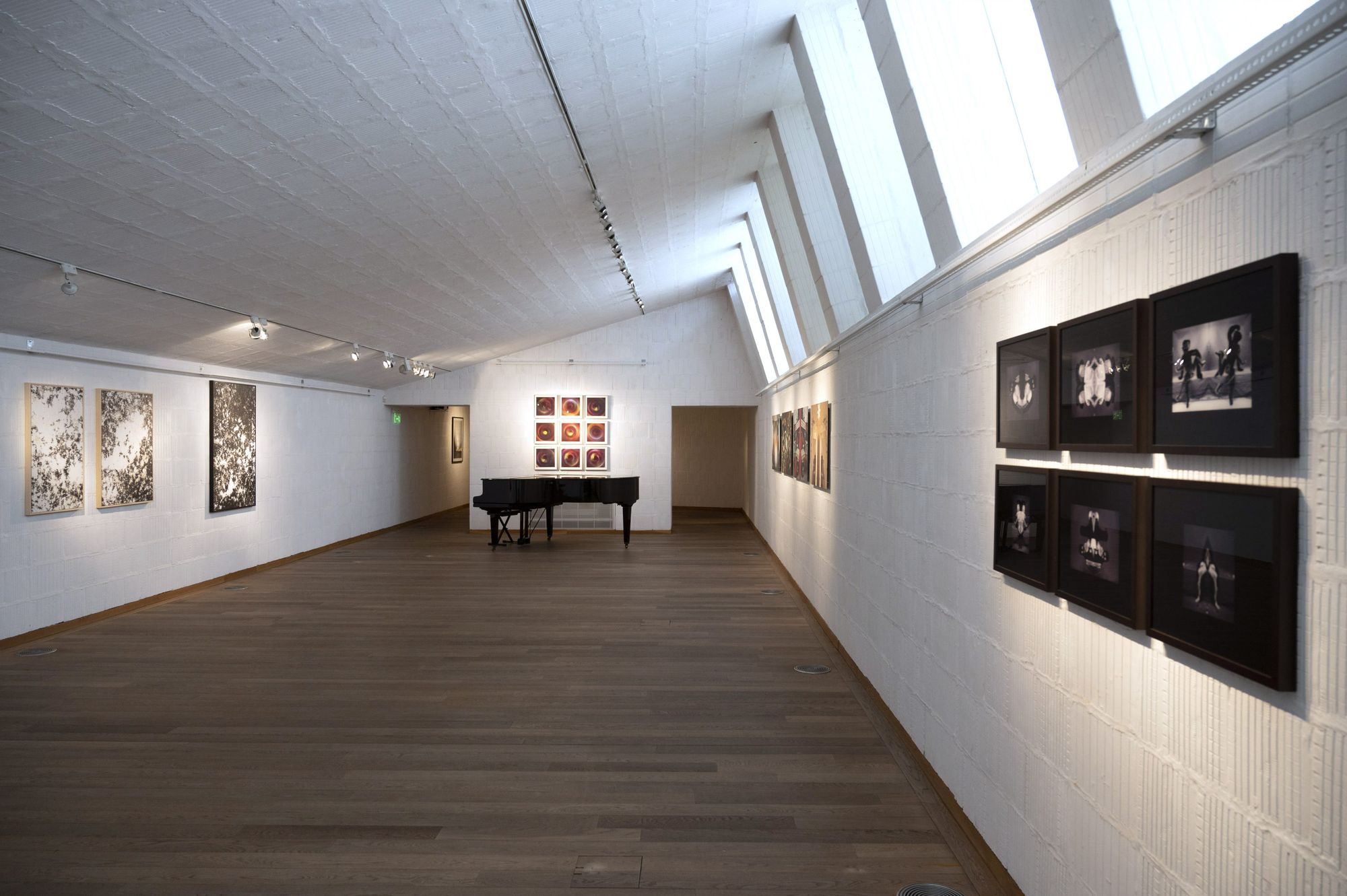
The vast body of artifacts in the exhibition, the history of Hungarian photography over the past 50 years, begins with an important moment in 1968, when László Méhes presented his Mirror Reaction at the venue of the first Iparterv exhibition in Budapest, on the eve of the show. The rest of the neo-avantgarde material is linked to this work: almost an entire oeuvre of Géza Perneczky’s work is based on the mirror, which was previously on display at the Capa Centre (Géza Perneczky: Mirrors, October 17, 2019 – December 8, 2019—the Ed.).
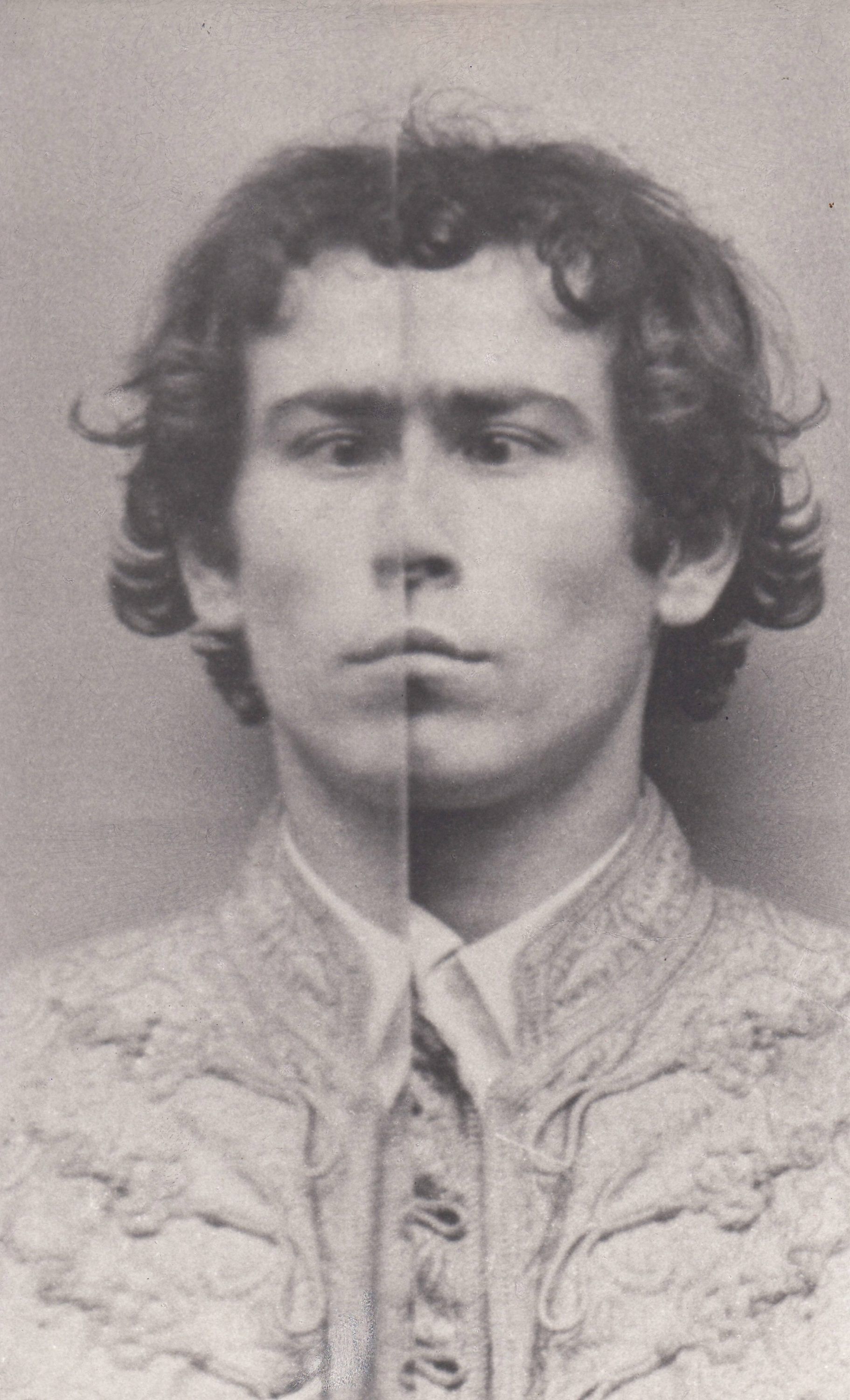
The exhibition also features the work of two women artists. Alongside Dóra Maurer’s self-portrait, the recording Triolák, made in the Béla Balázs Studio, is constantly looping, capturing and recording the change and flexibility of the face in a dizzying way. An early 1987 series of photographs by Zsuzsi Ujj, an artist with local ties, continues and breaks the series of works, which is complemented by a piece from Sándor Pincehelyi’s legendary XYZ series. The world of action works is completed by Miklós Erdélyi’s Erőegyensúly (Balance of Power), a photograph of a chess game arranged by the artist, with both the black and white sides showing the pieces in an equal position, standing or tilted.
“The history of this work dates back to 1979, when Károly Kelemen’s first solo exhibition opened in Budapest with a performance by Miklós Erdélyi. In this performance, Miklós Erdélyi, sitting behind a chess set, arranged the pieces on the board, the story is said to have continued with Károly Kelemen sweeping away the chess board after the game was played, creating the Balance of Power—which later became a photograph and an artwork in its own right. Zsigmond Károlyi has a very important painting from this period, from the year ’79, entitled Sakk Kassáknak (Chess for Kassák). This is the very moment which Károlyi depicted, this blurred chessboard without the pieces. This artwork is currently on display at the exhibition entitled Tabula Rasa. Károlyi Zsigmond és a „monokróm festőosztály”at the House of Arts. The fact that there are so many stories behind a photograph is a very important aspect of action art,” said the curator, sharing the story behind the photograph.
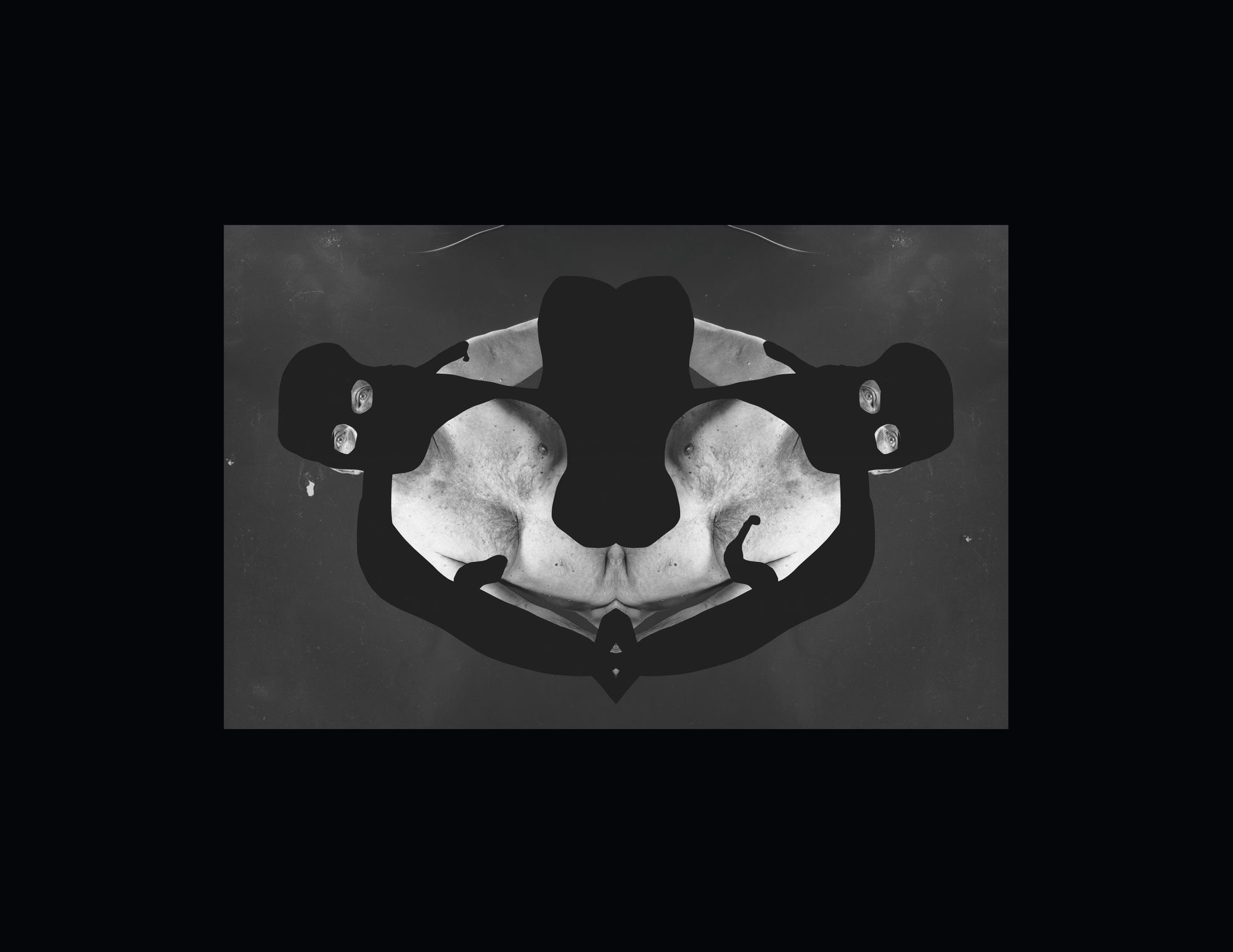
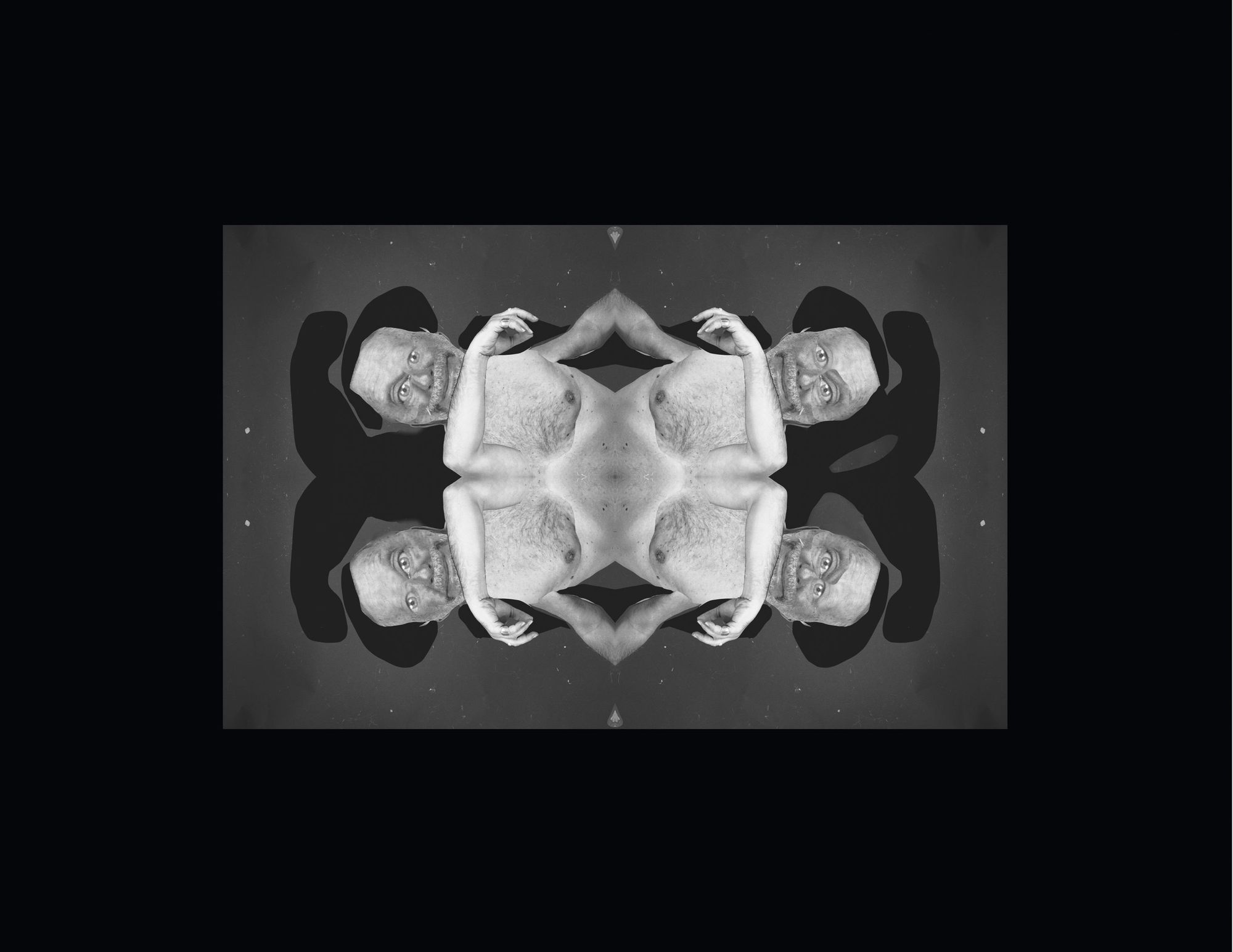
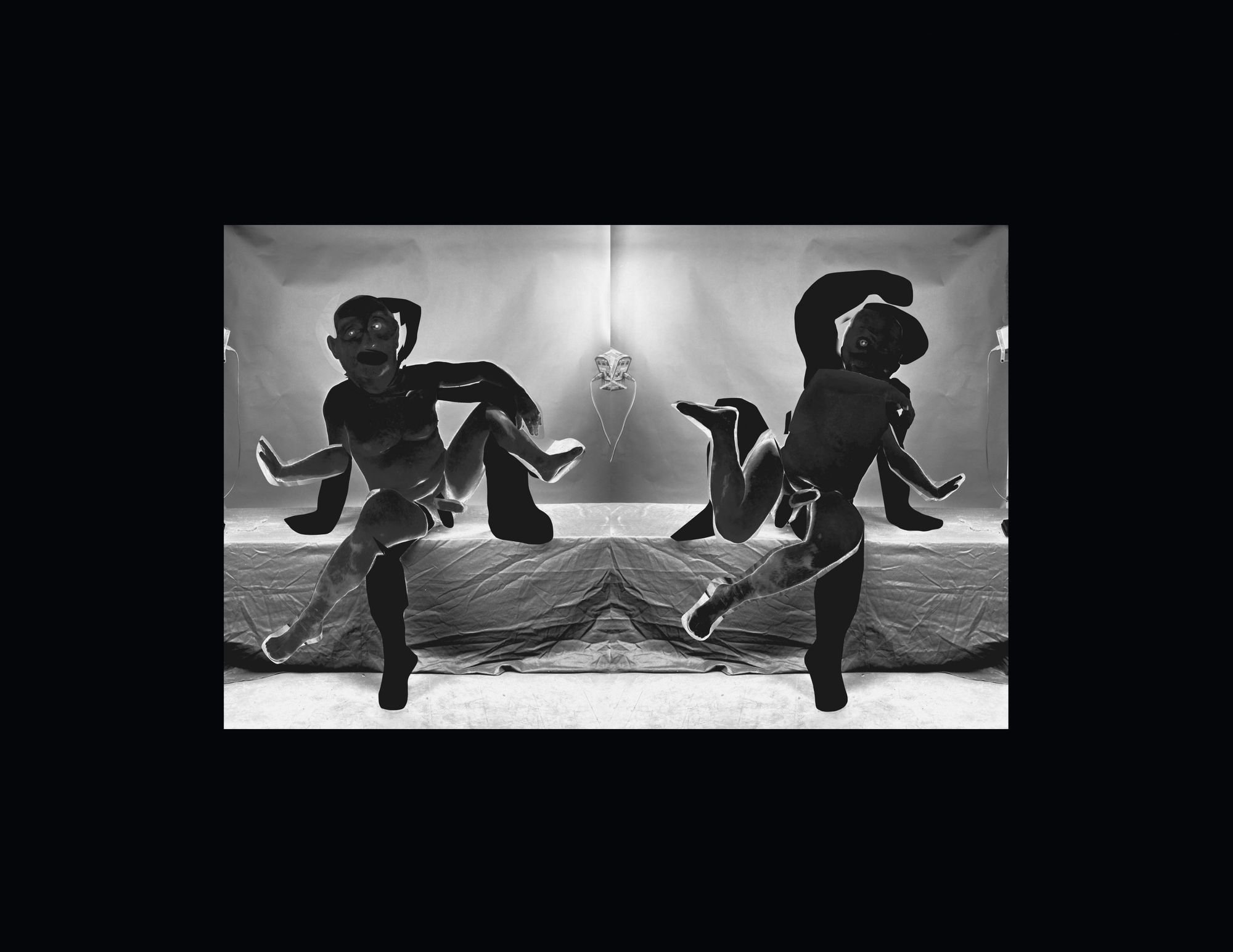
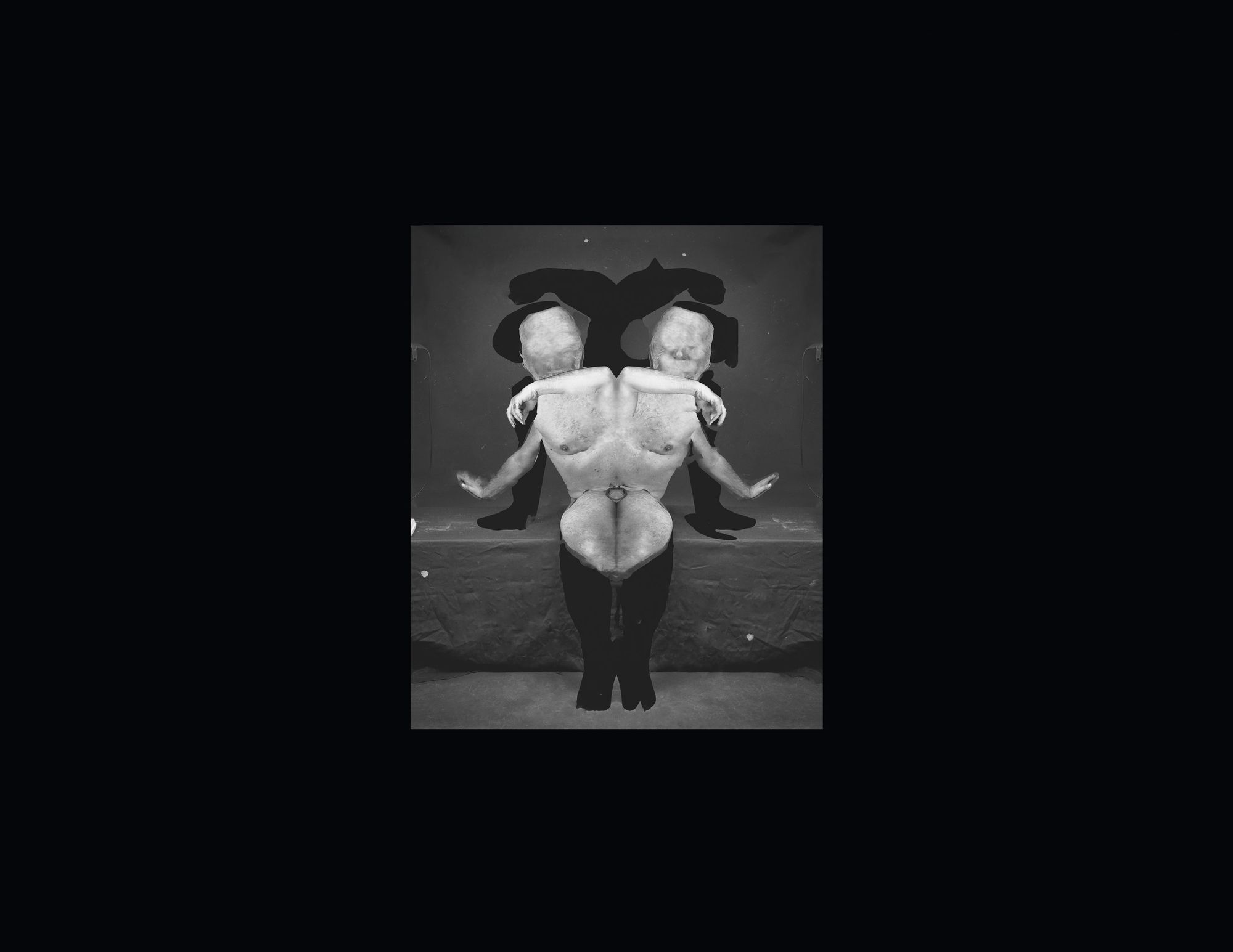

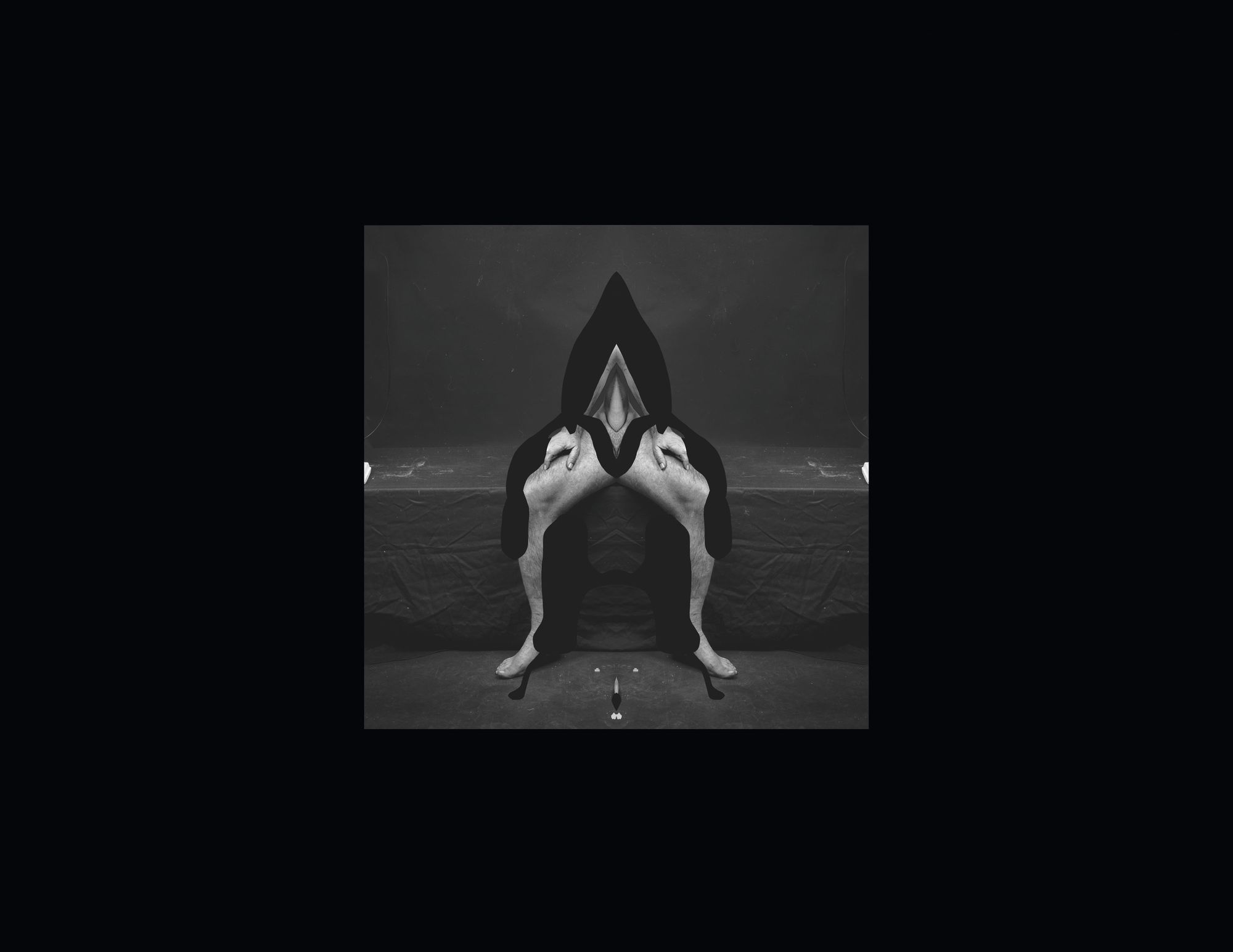
Gábor Gerhes: Dance Macabre I-VI., photo, glass print, 34×44
In the second exhibition space, you can see works of experimental photography divided into two groups: while on the left side of the room there are photographs taken with a camera, on the right side of the room there are images made with camera-less techniques that cross the boundaries of fine art, painting and photography. The works by Ákos Cigány, Máté Dobokay and Ágnes Eperjesi highlight the technical diversity of the exhibition but also its thematic diversity. We also encounter works that address current issues and problems, such as the works of Gábor Gerhes or the period piece by Hajnal Németh and Balázs Beöthy entitled Néhol Hajnal, bárhol Balázs from the late 1990s, a version of which is also in the permanent collection of the Ludwig Museum.



Ákos Czigány: Speculum II/a–b–c, 2020, HD Metal Print on smoothed aluminium plate, 34 x 57,6 cm [38 x 61,6 cm], ed. 1/3.
And on the top floor, Dezső Szabó’s latest Copy series is on display as a solo exhibition. The artist’s cameraless photographs are based on the analogy of the Rorschach test, the axial mirroring. Dezső Szabó has been represented for several years by Vintage Gallery, where some of the works in the series have been shown previously. However, this is the first time that the 26-part Copy has been shown to the public in its entirety. The artist has many ties to the Balaton region. Born in Keszthely, he grew up in Szigliget and later became a student of László Hegyeshalmi—visual artist and former director of the House of Arts—in his influential visual workshop in Veszprém. He worked as a carpenter in the Balaton Furniture Factory, and after the military service, he was admitted to the Hungarian University of Fine Arts, where he began his studies in painting in 1990, a very significant year, as a student of the first year after the fall of communism, in Zsigmond Károlyi’s class.
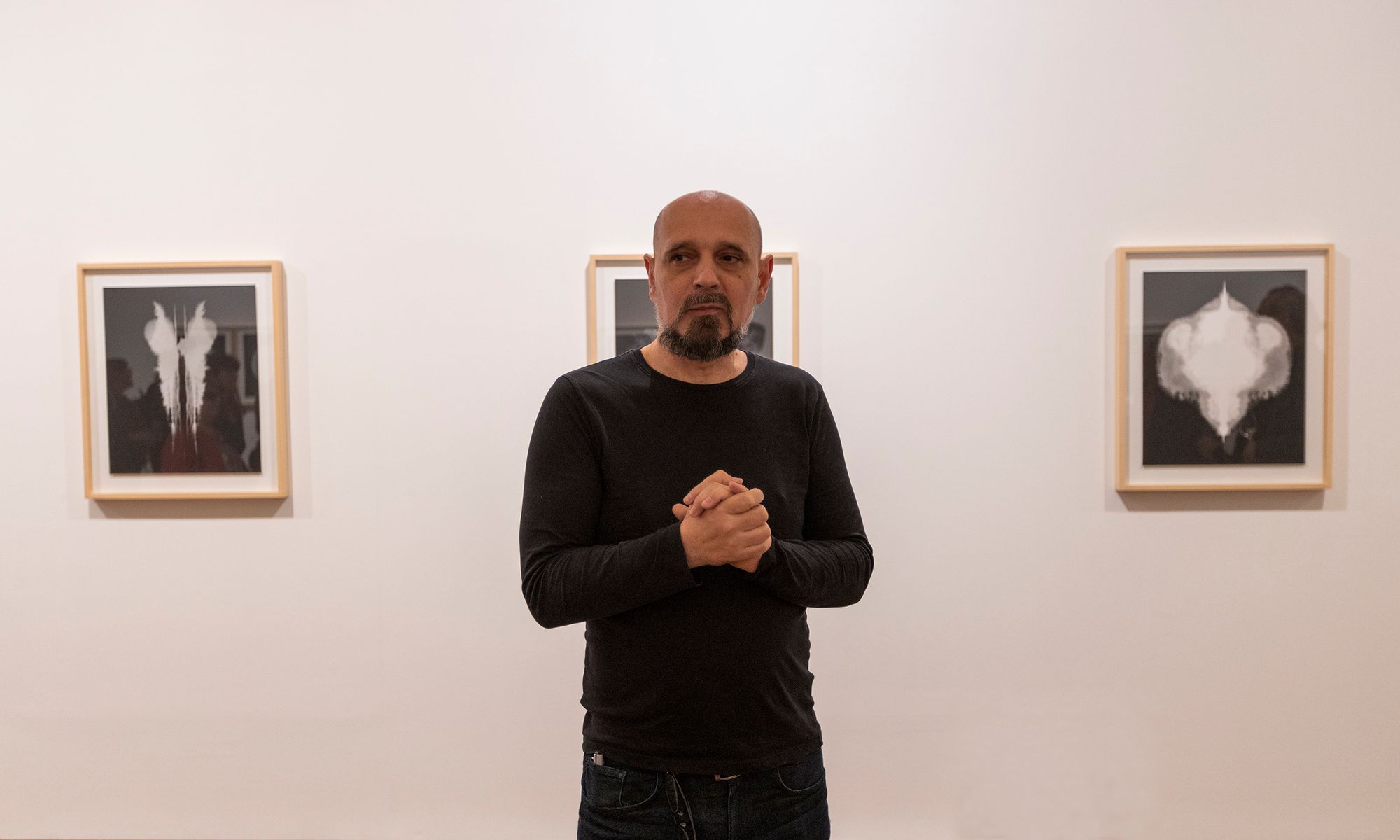

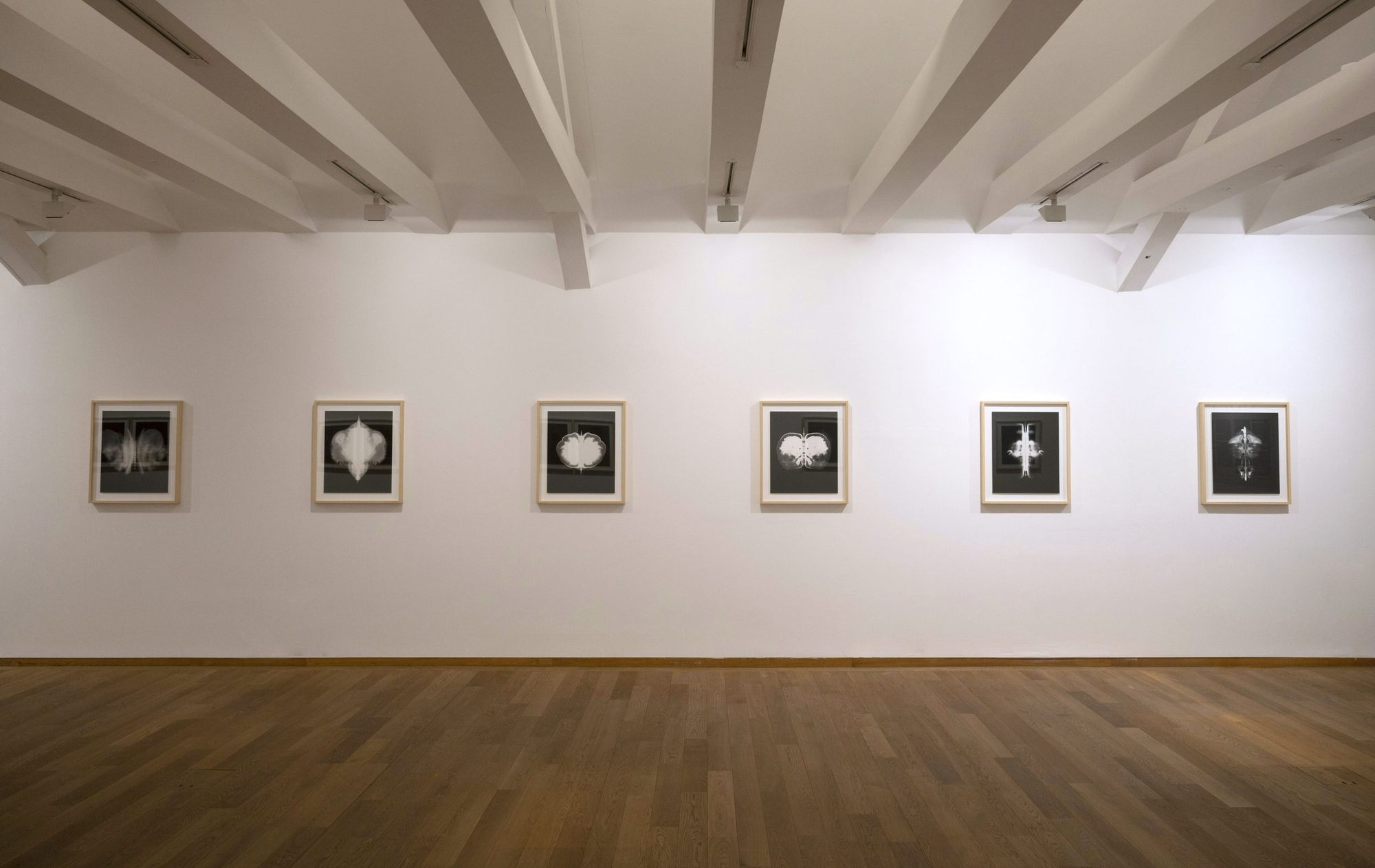
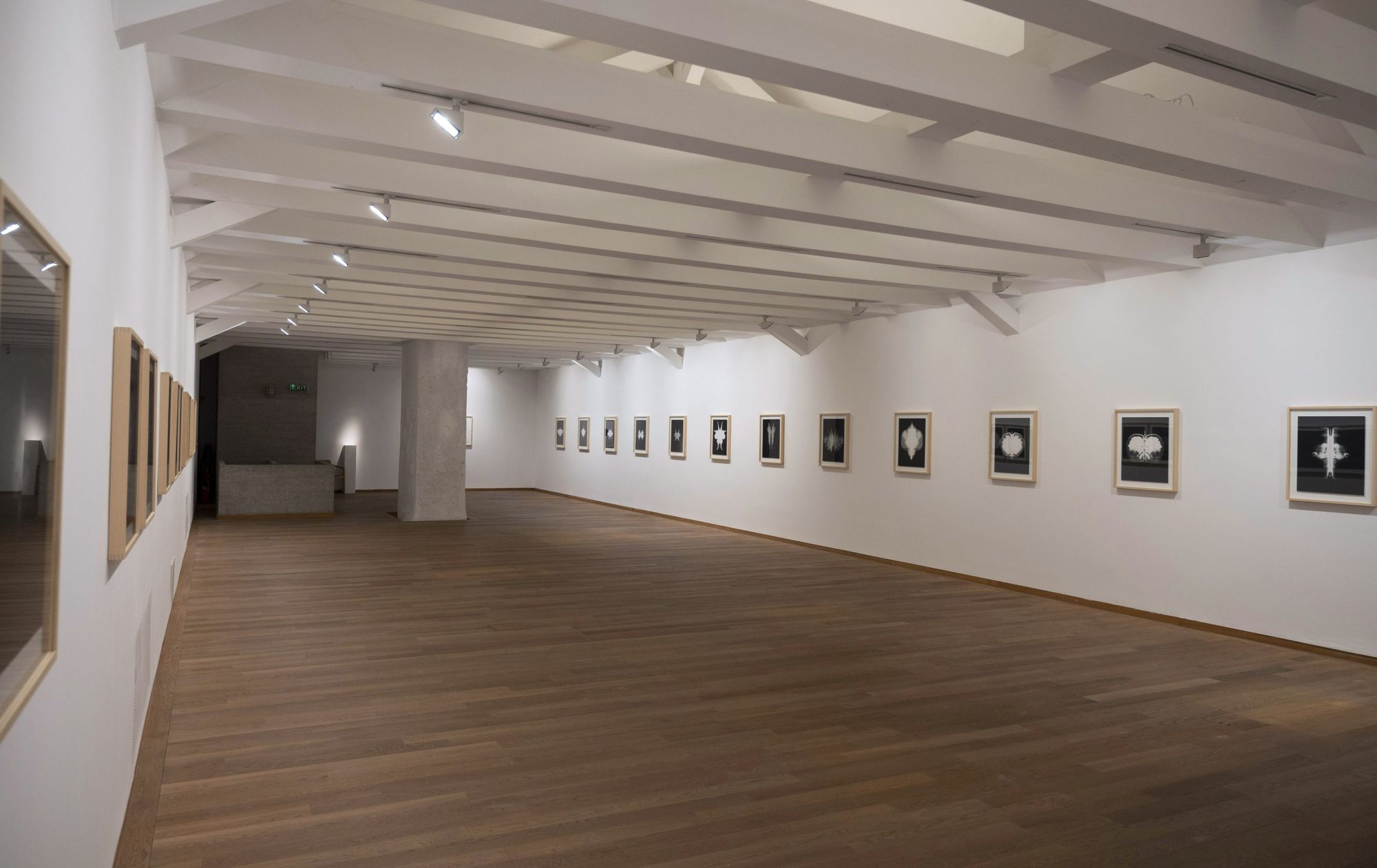
The exhibited photographs can be fully associated with the visuality of the psychological measuring tool, the technique itself is not common and after a while, everyone tries to decipher the images, which are recorded in a publication with the help of graphic artist Zoltán Szmolka.
“We wanted to give something for those who can’t take the original artwork home, they can relive the experience with the help of this art book,” Bernadett added.
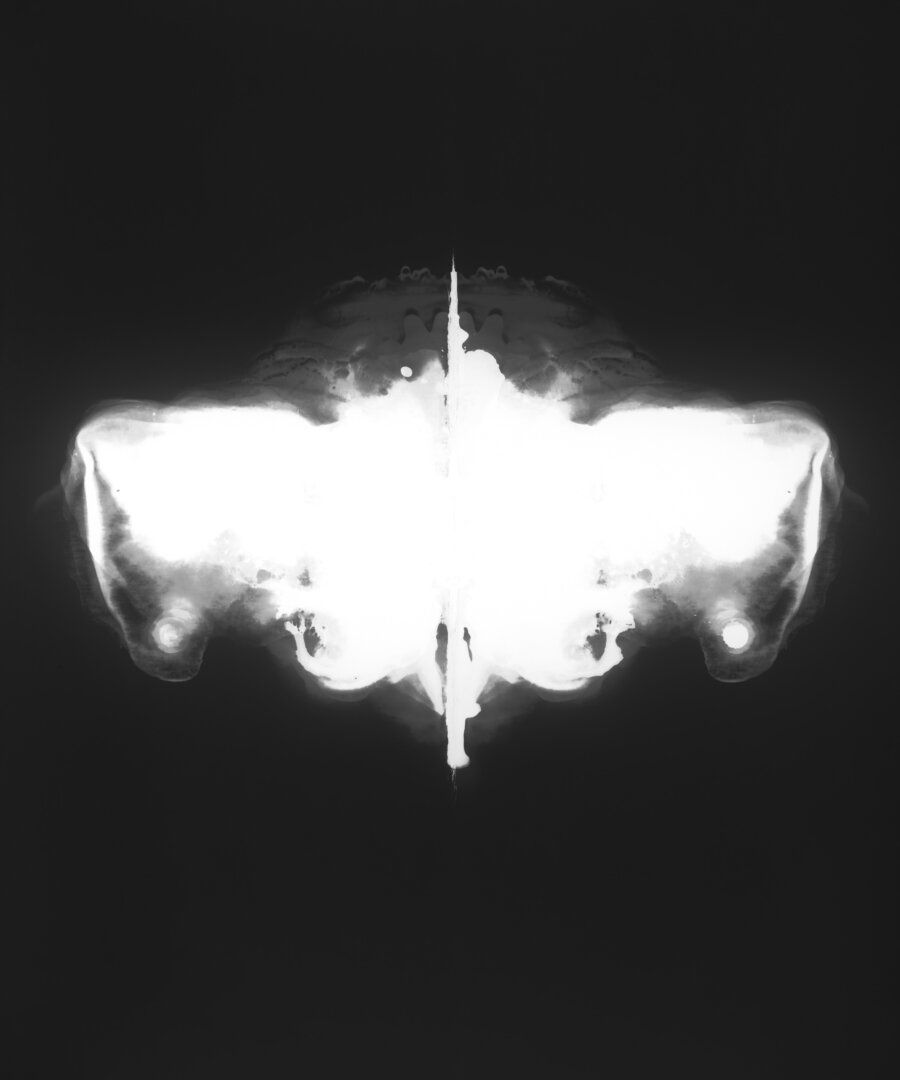
The merit of the works in the Rorschach Image group exhibition goes beyond mere decorativeness, as there is a story behind each photograph. Just as the Rorschach test is a mirror that reveals and shows us the questions that lie within our personality, the photographs on display here reveal to us the artists’ unique visions and perceptions.
Exhibited artists are Imre Bak, Ákos Czigány, Máté Dobokay, Ágnes Eperjesi, Miklós Erdély, Gábor Gerhes, Zsigmond Károlyi, Dóra Maurer, László Méhes, Hajnal Németh—Balázs Beöthy, Gábor Palotai, Géza Perneczky, Sándor Pinczehelyi, Dezső Szabó, Zsuzsi Ujjj, János Vető and András Zalavári
The exhibition was realized with the support of the acb Gallery, Dániel Erdély, Kisterem, Neon Gallery, Várfok Gallery and Vintage Gallery, and with the support of the European Capital of Culture project.
The Rorschach Image exhibition will be open until June 12, 2022, while the Dezső Szabó Copy series will be extended until July 31 at the Dubniczay Palace in Veszprém. You can find more information about the exhibition on the website of the House of Arts Veszprém.
Photos: Gábor Áfrány, Csaba Toroczkai, House of Arts Veszprém
House of Arts Veszprém | Web | Facebook | Instagram
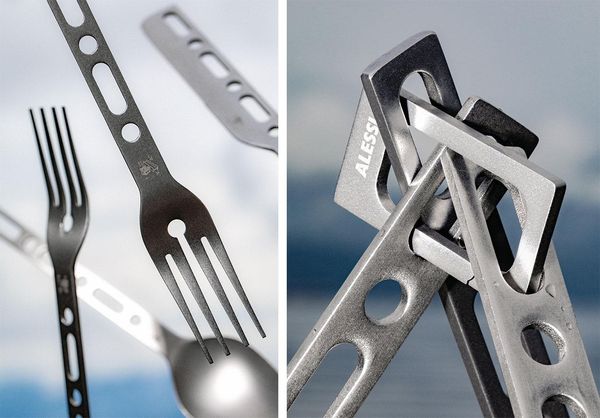
Big names meet: Alessi X Virgil Abloh
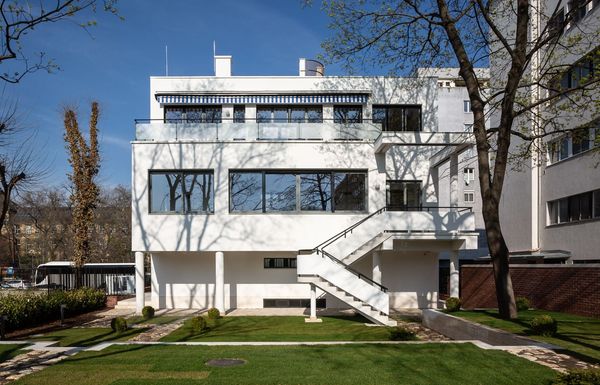
A modern villa was also built in Pest and is now open to visitors—we visited the former home of Rózsi Walter
